This project examines the power of an informal, spontaneous, low-tech spatial gesture: a ladder built to straddle a fence between two properties. The ladder was built in order to give the children in the neighboring backyards a way to traverse the boundary easily, without the need for permission and without the risk of climbing and falling or cutting themselves. The ladder is not elegant. It was made using spare 2x4s. It’s clumsy looking. It leans. But the power of the ladder is not in how it’s designed or its materiality. The ladder extends the agency of the property owners on both sides of the fence, but especially the children, expanding their territory and opportunities for play. It connects two families and encourages sharing caregiving responsibilities. It is an example of what Margaret Crawford would call “everyday urbanism” or what Barbara Kirschenblatt-Gimblett would call the “urban vernacular:”
"The vernacular is what ordinary people do in their everyday lives. It consists of local practices that take shape outside planning, design, zoning, regulation, and covenants, if not in spite of them. The relationship between the built environment and the social practices that occur within it reveal both intentional and unintentional effects of great importance. The vernacular can help us discover what cannot – indeed, what should not – be planned. It can suggest what should be protected from design and should be left to its own devices, free to find its own spatial form" (Kirschenblatt-Gimbett, 19).
The fence divides. The ladder connects. But the spatial situation is complex because these two devices that do opposite things sit together; while the fence is useful and needed to provide an enclosure for the two small dogs belonging to the one family, the ladder sits as an invitation for the parties on both sides to cross-over casually at all times. It is a particularly subversive example of “everyday urbanism” because it turns the fence into its opposite –a bridge. In “Fences and Between Fences: Cultural, Historical, and Smithsonian Perspectives” (Davis and Williams, 2008), the authors unpack Robert Frost’s declaration, that “good fences make good neighbors.” This particular case brings new meaning to the idea of a “good fence.” Is a “good fence” one that actually complicates property boundaries and increases social interaction and interdependence? Can deliberate modifications to fences strengthen localized communities?
This is a case study in how earnest, cheap, spatial interventions can be subversive, political, and can even spur policy revision in planning and zoning. In this case, a ladder expands the landscape of play for the children on both sides of a property line. Photos and drawings show how the ladder became a spot where baked goods are exchanged between families, and clean cookware is returned. It became a short-cut for the one family to access the beach, through the property of the other. It became the spot to leave the kids’ clothing after it was laundered by the other parents. It was where take-out pizza was deposited when the one family tested positive for COVID19 and the other family did not.
The ladder straddling the fence is a modest, DIY intervention with a big spatial and social impact for the two-family community that it connects. It is a contradictory spatial condition that sits outside of convention and complicates our understanding of property ownership and community-making.
"A fence and a ladder examines the power of an informal, spontaneous, low-tech spatial gesture: a ladder built to straddle a fence between two properties. The ladder was built to give children in neighbouring backyards a way to traverse the boundary easily, without the risk of falling. In all its simplicity - photographically well documented by Stephanie Davidson - the ladder comes out as a subversive example of “everyday urbanism”, reminding us of our habits (not jumping the fence) and potential agency (we could do just that!). The neighbourhood is also up for our own acts of expansion."
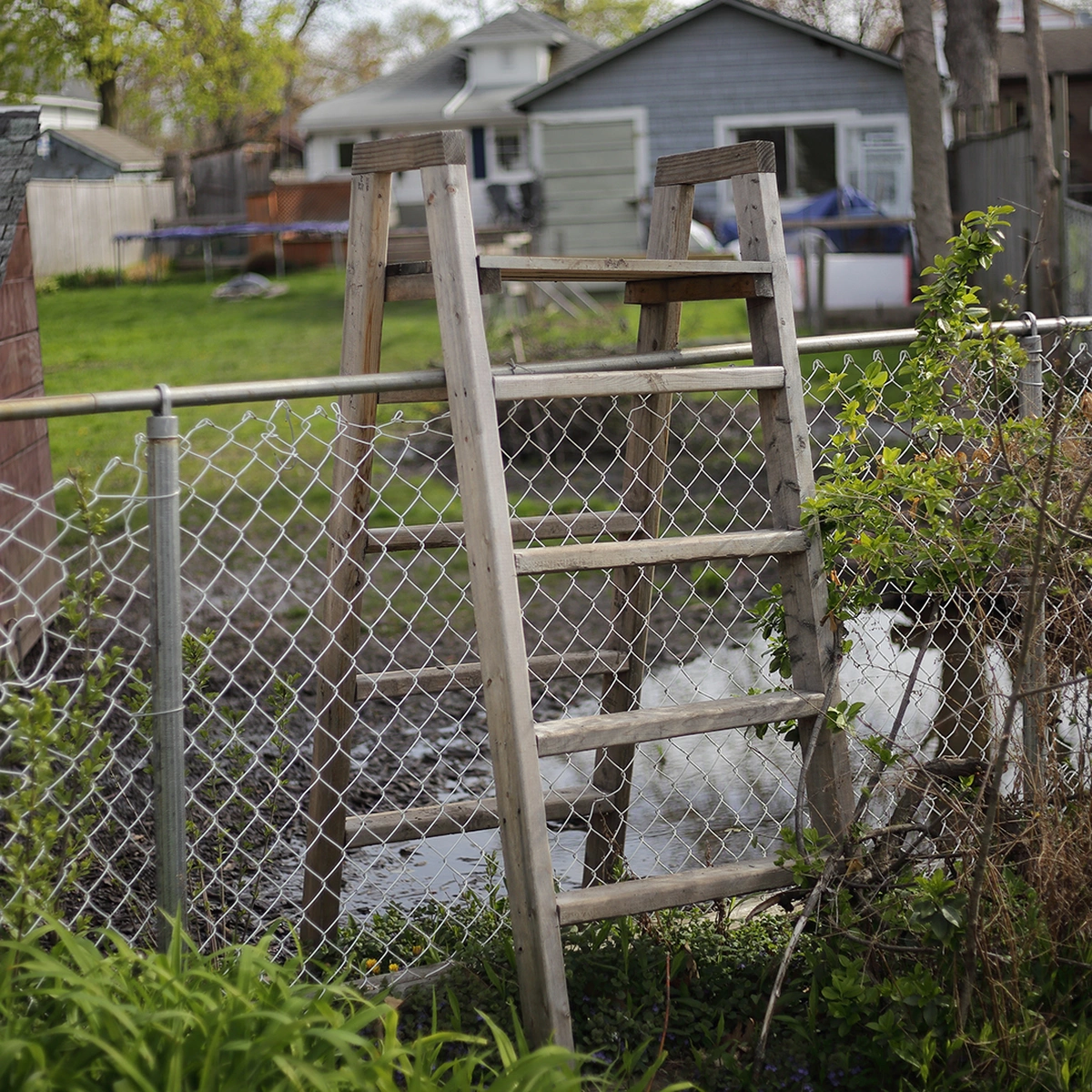
Fence and ladder_01, S.Davidson
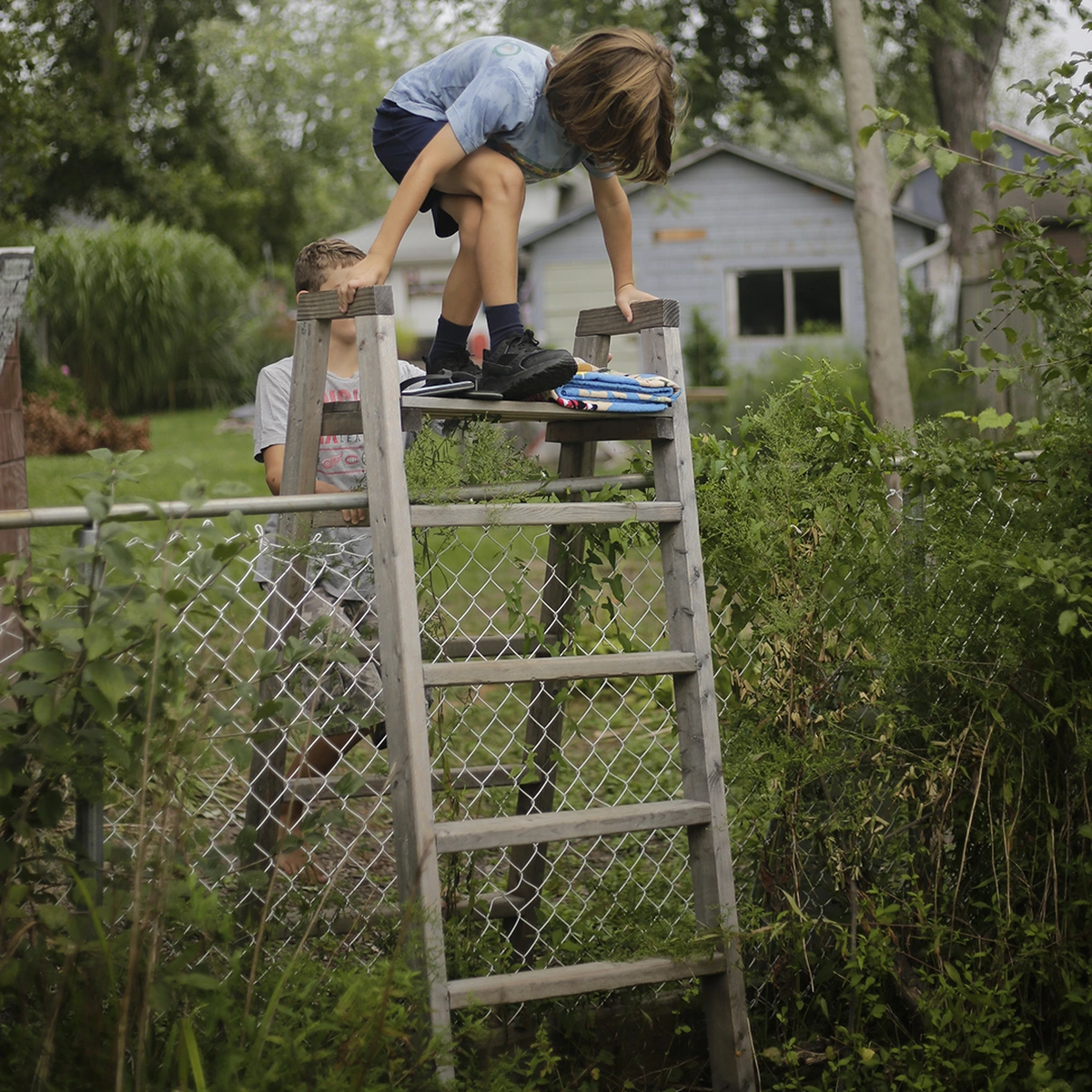
Fence and ladder_02, S.Davidson
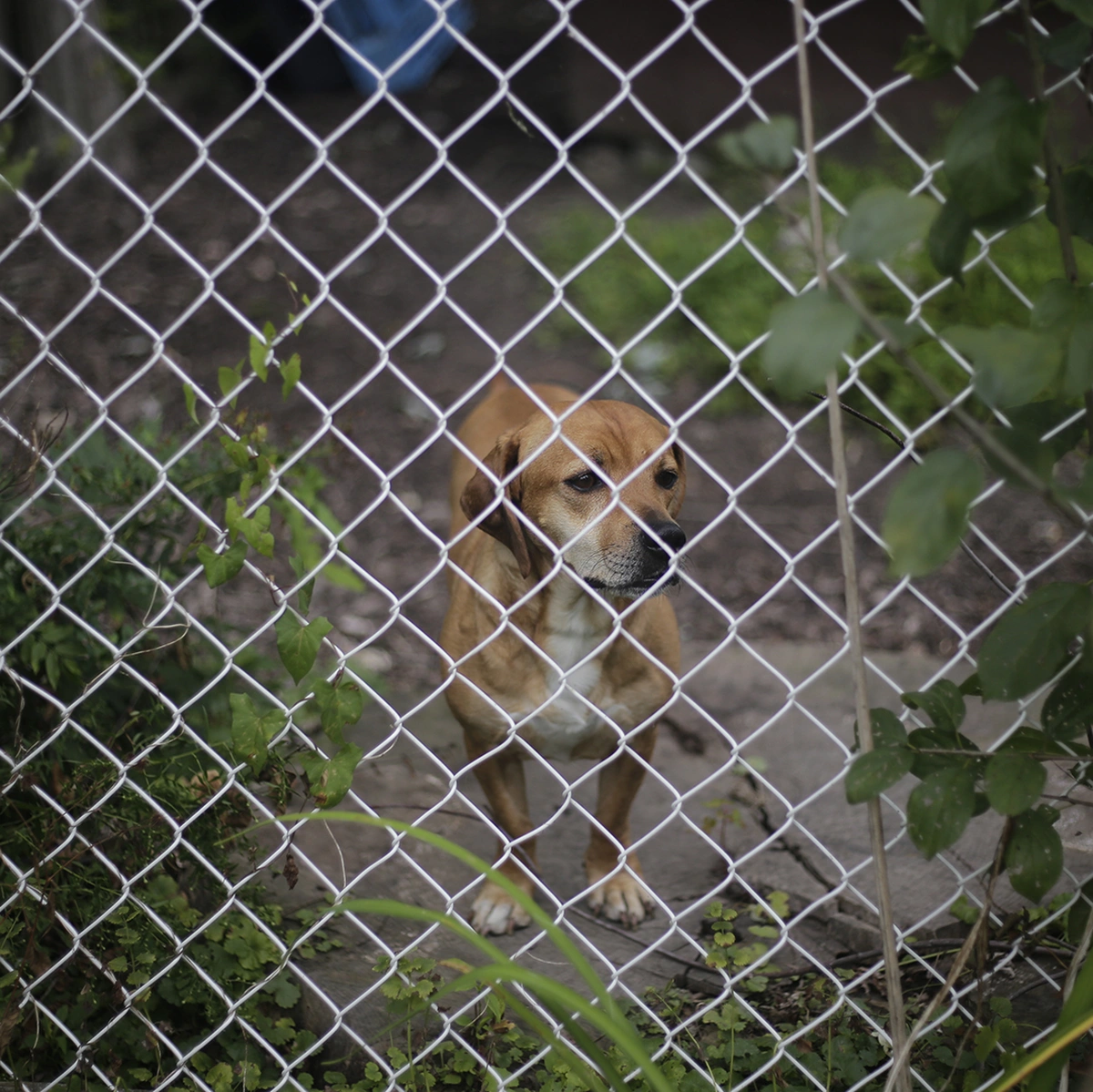
Fence and ladder_03, S.Davidson
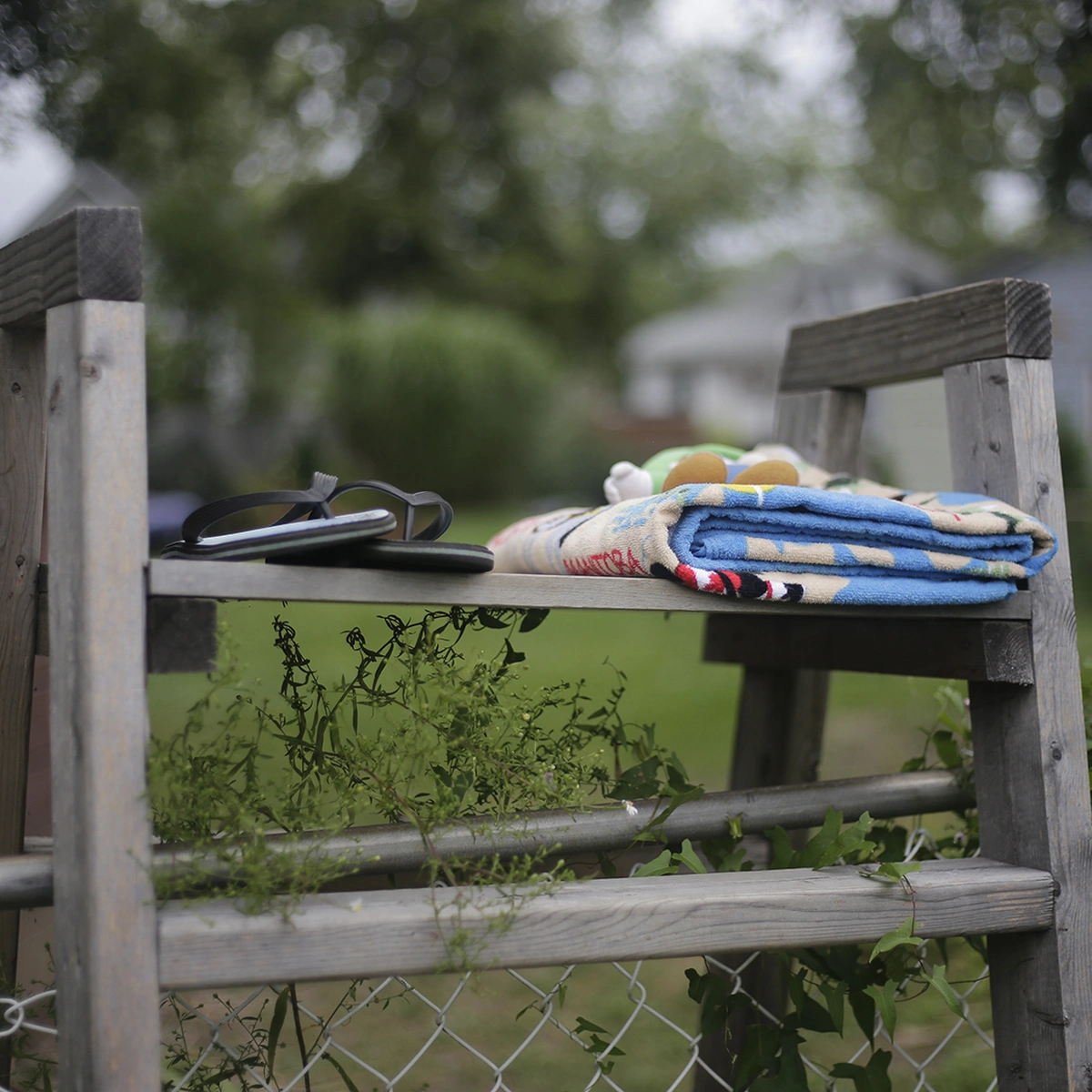
Fence and ladder_04, S.Davidson
Stephanie Davidson is an architectural designer and educator. Work of her practice, Davidson Rafailidis, has received international recognition through awards like the AR House (winner, 2020), AR New into Old (commended project, 2021), Frame, Blueprint, AZ and Architizer awards, the Emerging Voices award from the Architectural League of New York (2018) and 20+ Change from Canadian Architect (2021). The work of Davidson Rafailidis questions typological norms and consistently works to realize projects with unusually modest financial means. Davidson is co-author of the book "Processes of Creating Space" (Routledge, 2017) with endorsements from Herman Herzberger, Rachel Whiteread and Jacques Rousseau.
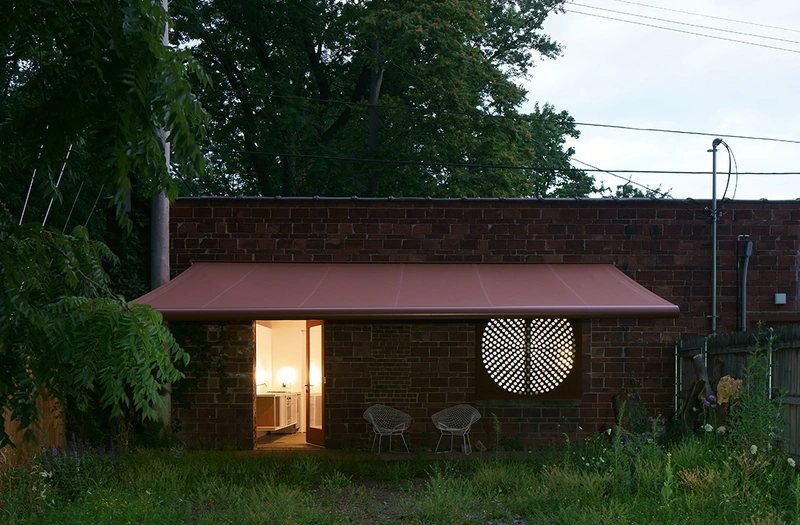
Big Space Little Space, Davidson Rafailidis, 2018, photo Florian Holzherr
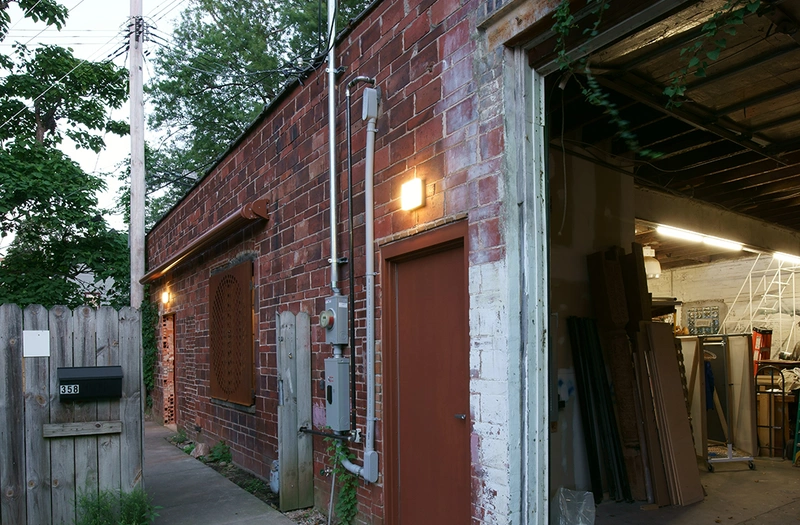
Big Space Little Space, Davidson Rafailidis, 2018, photo Florian Holzherr
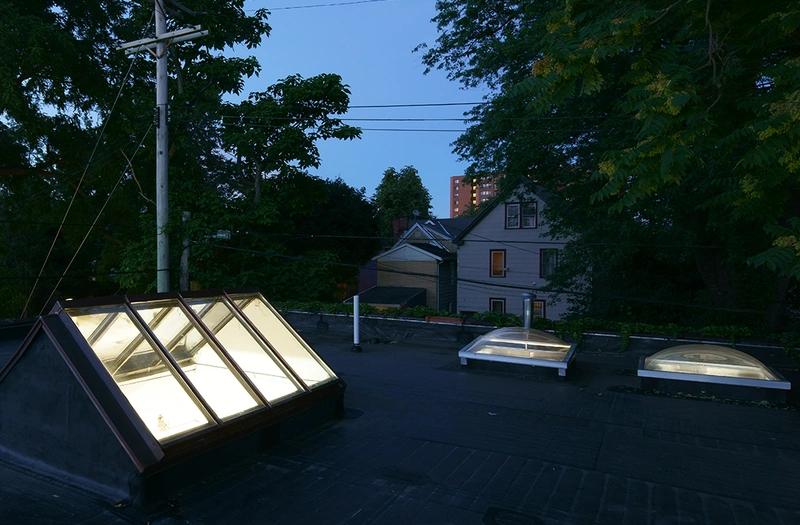
Big Space Little Space, Davidson Rafailidis, 2018, photo Florian Holzherr